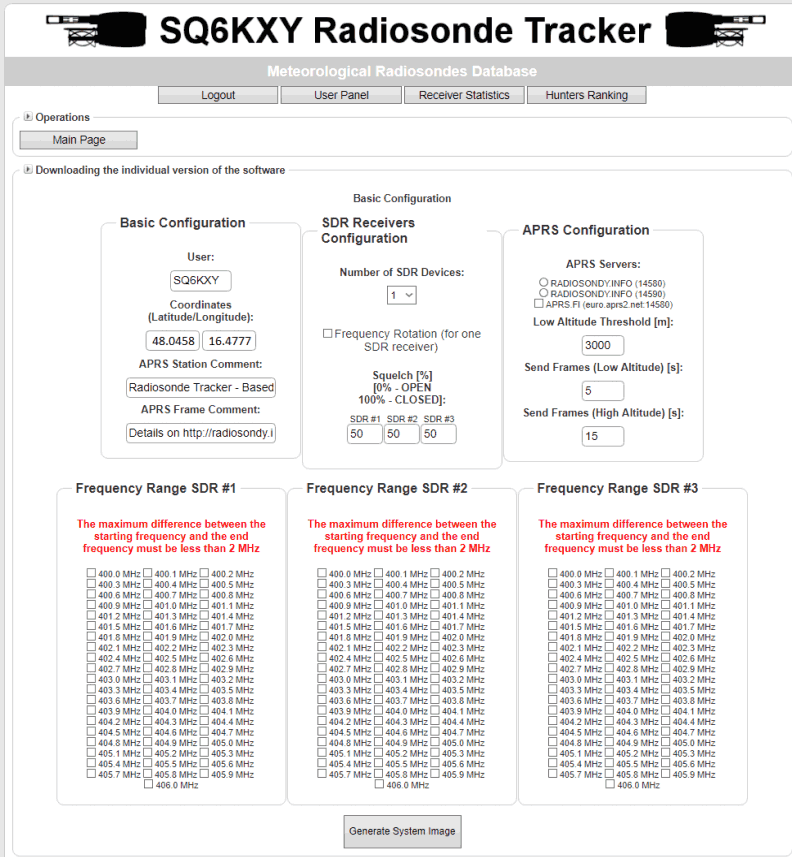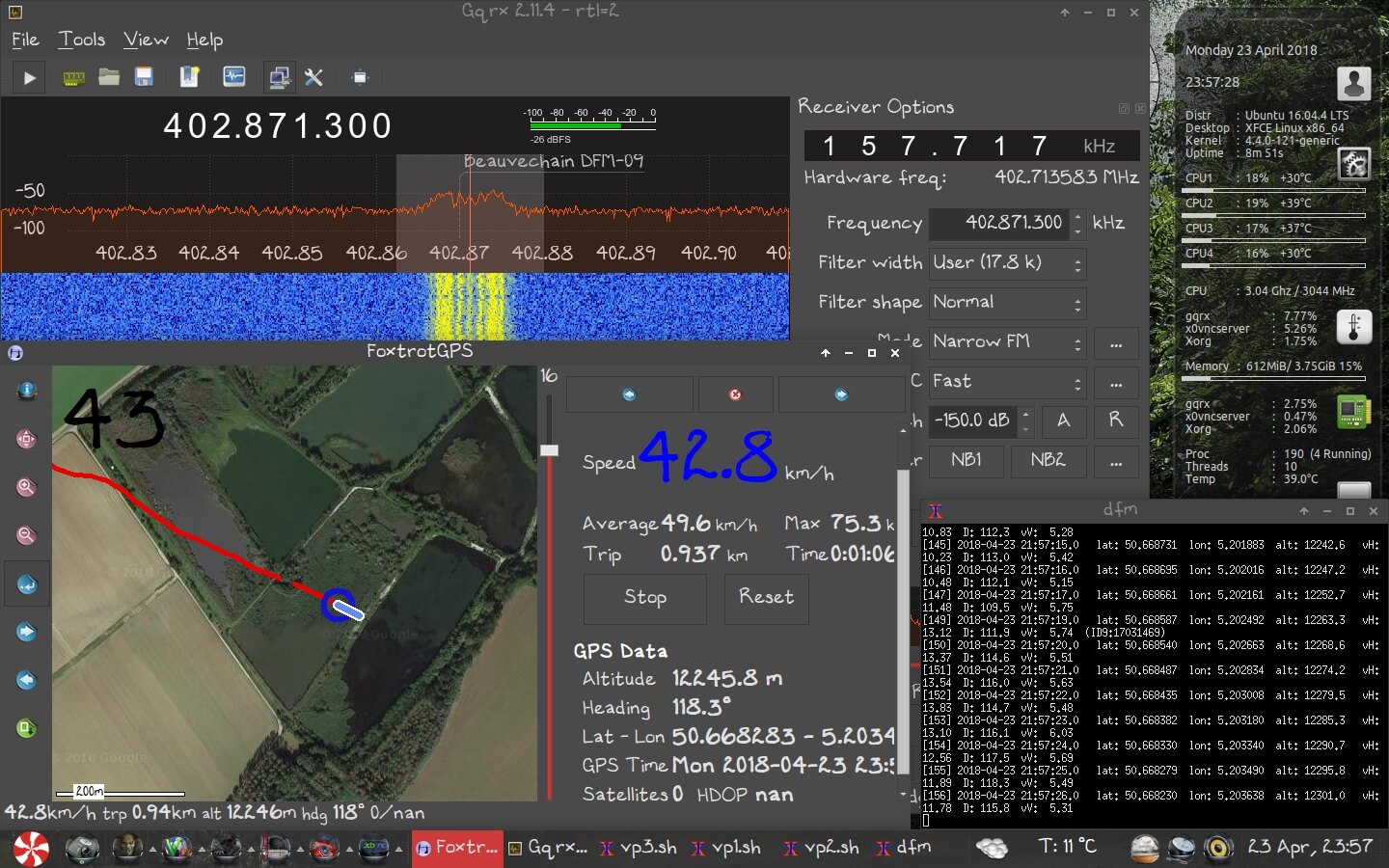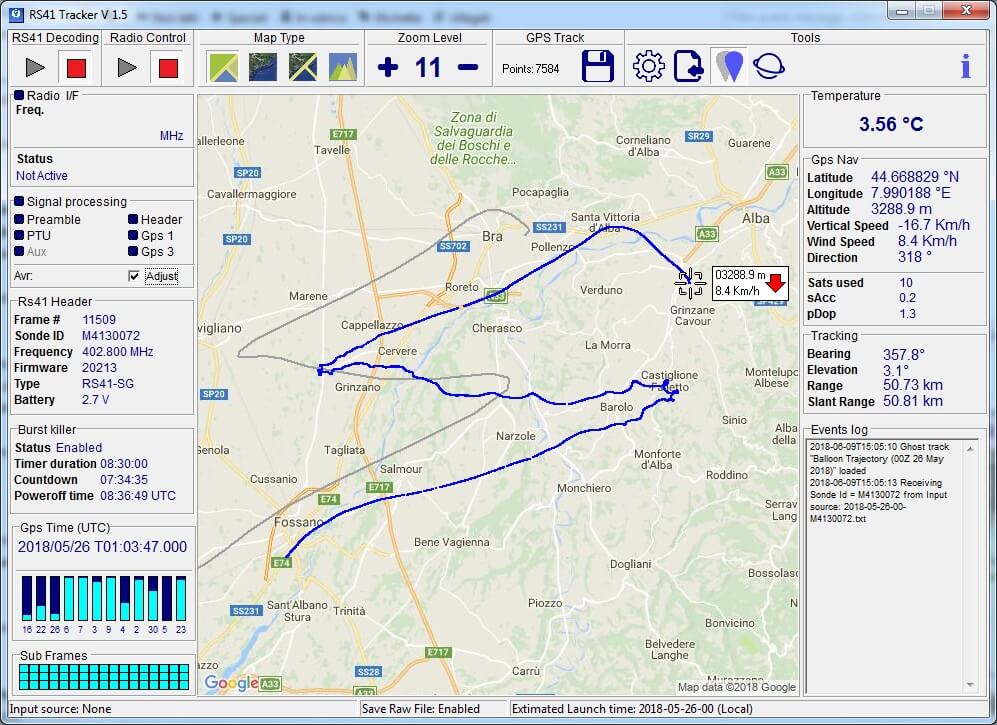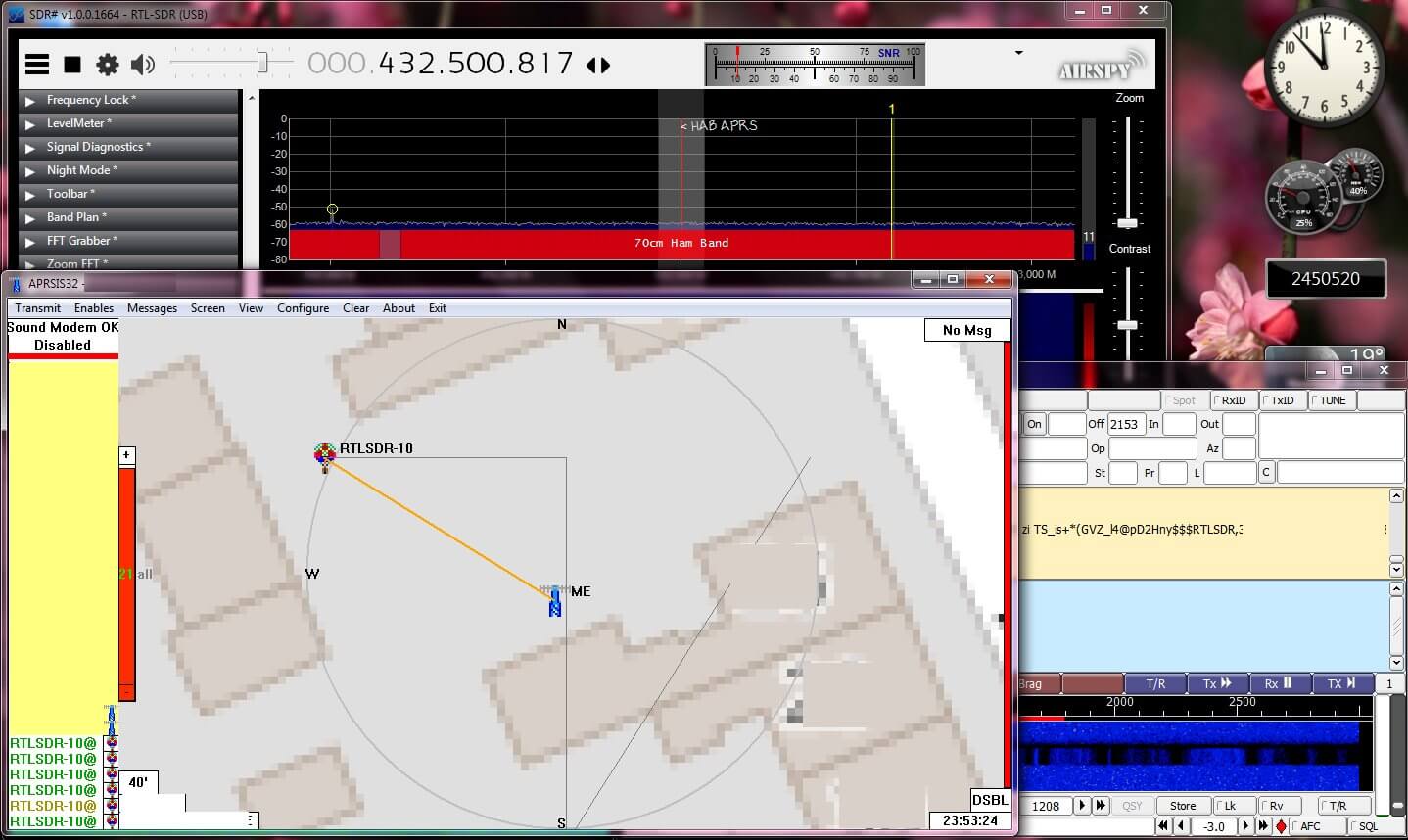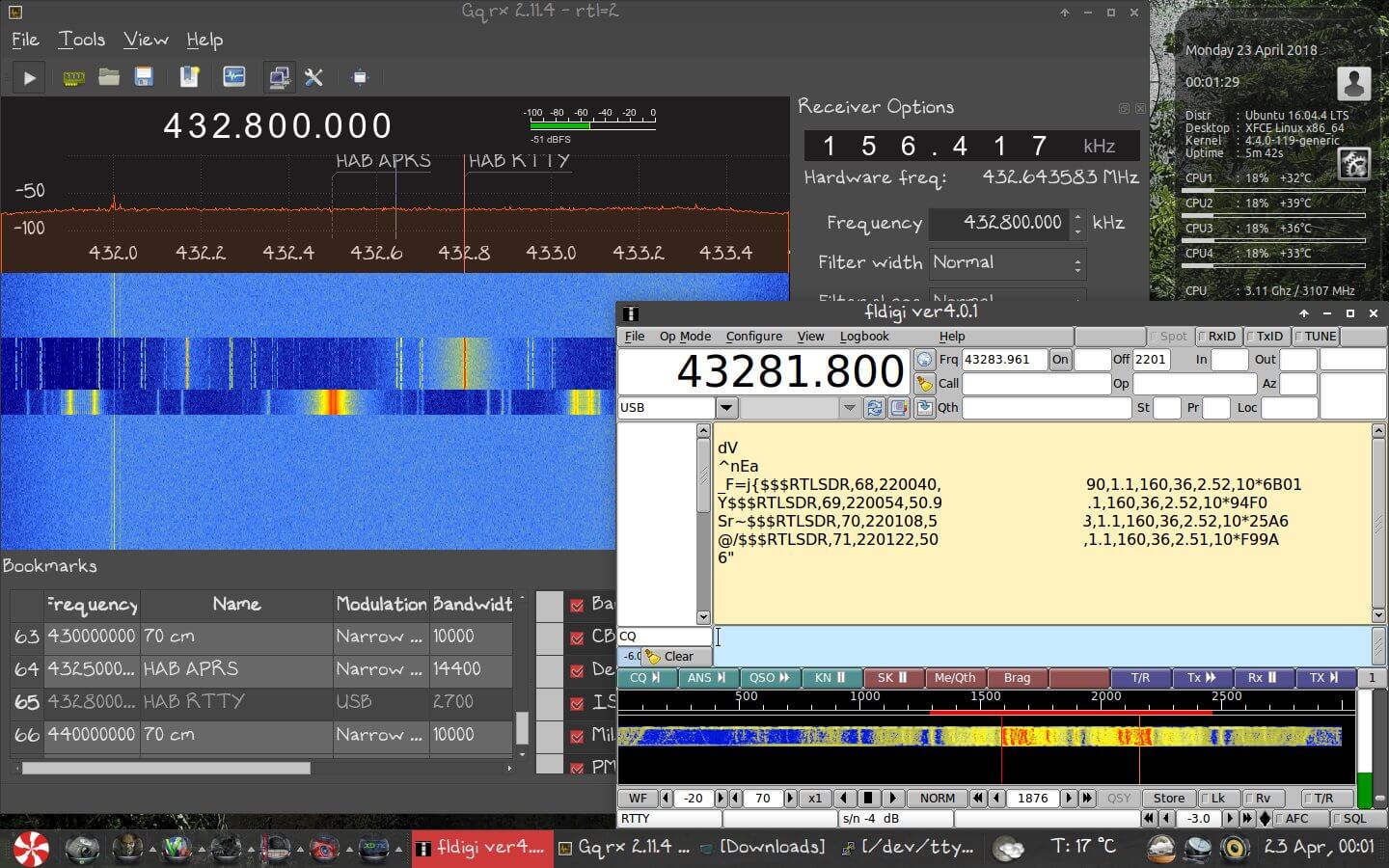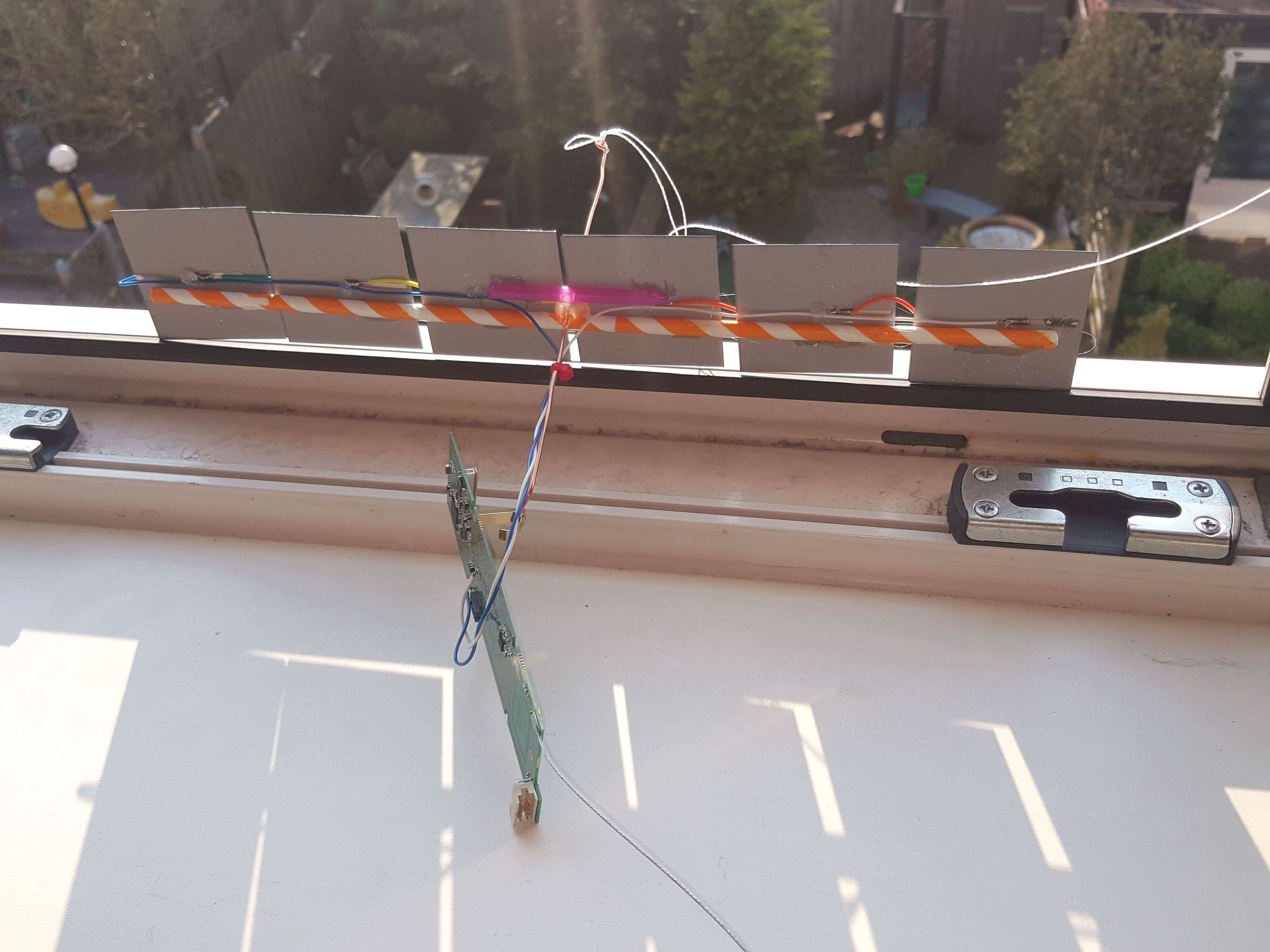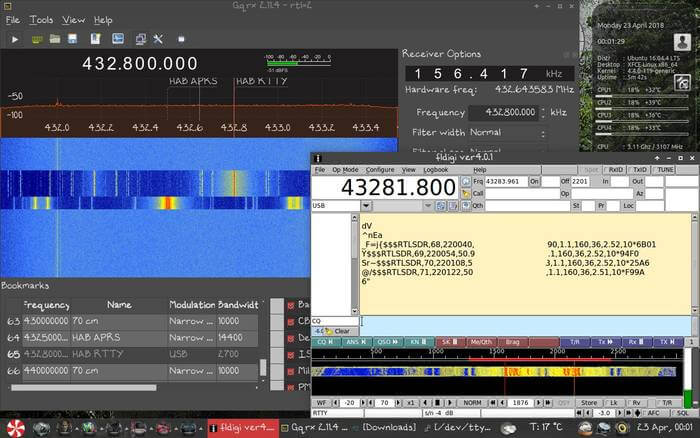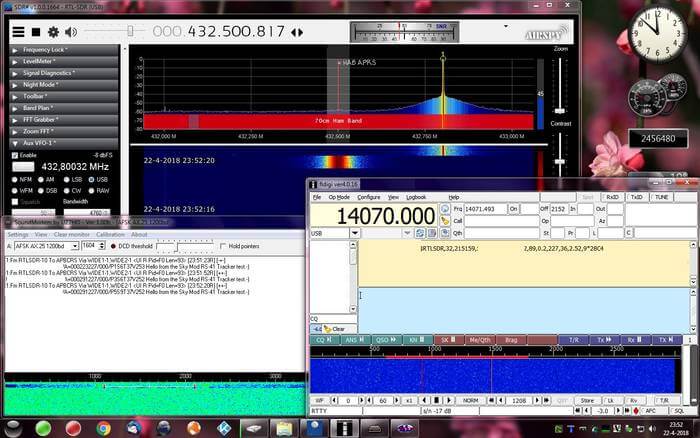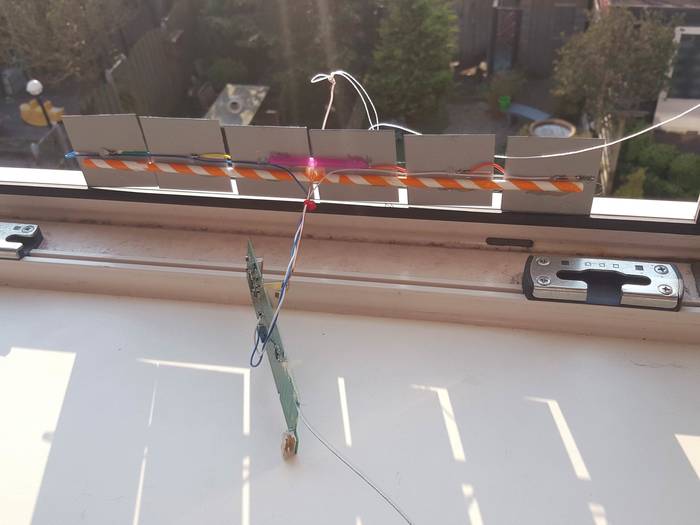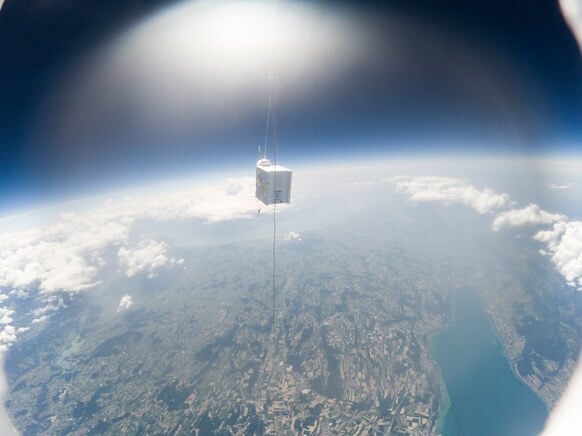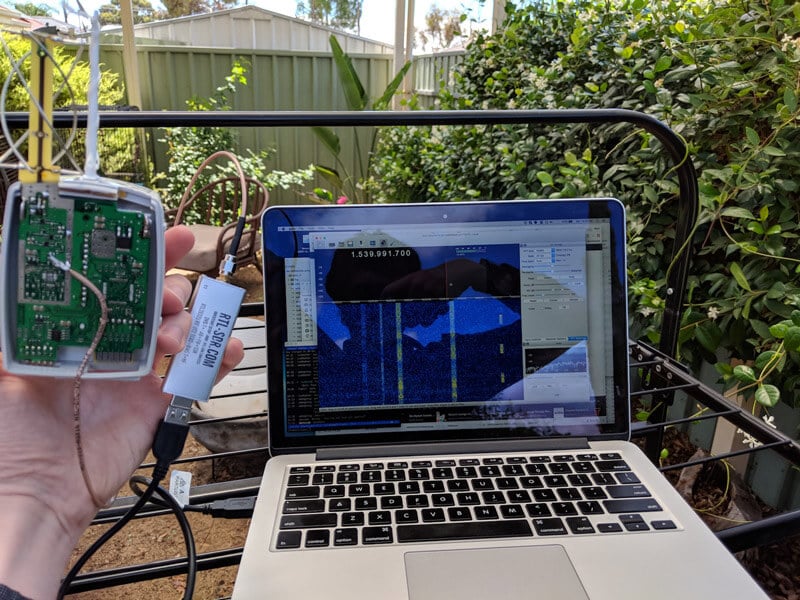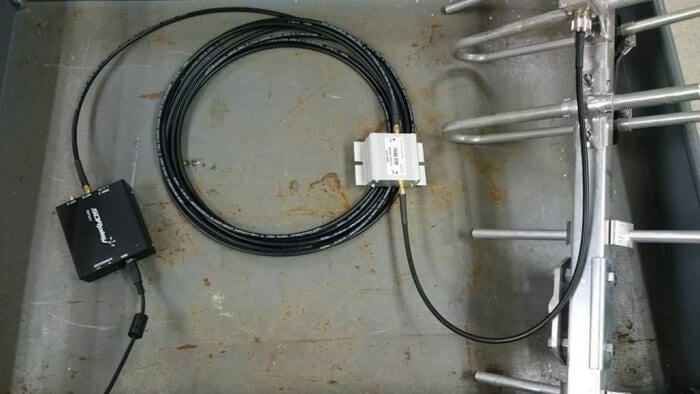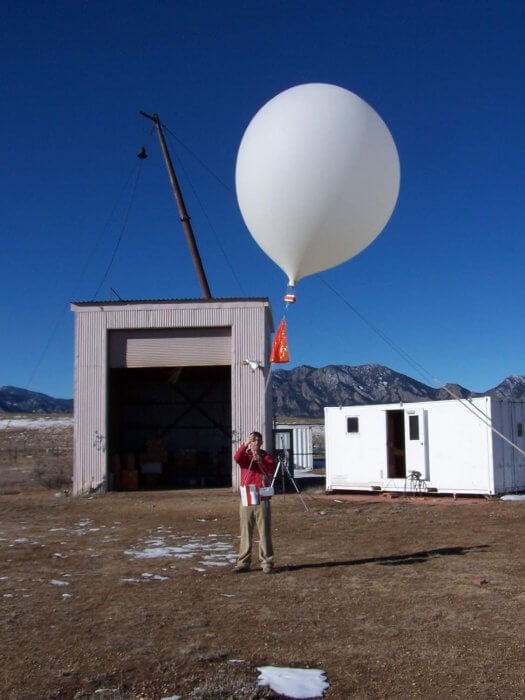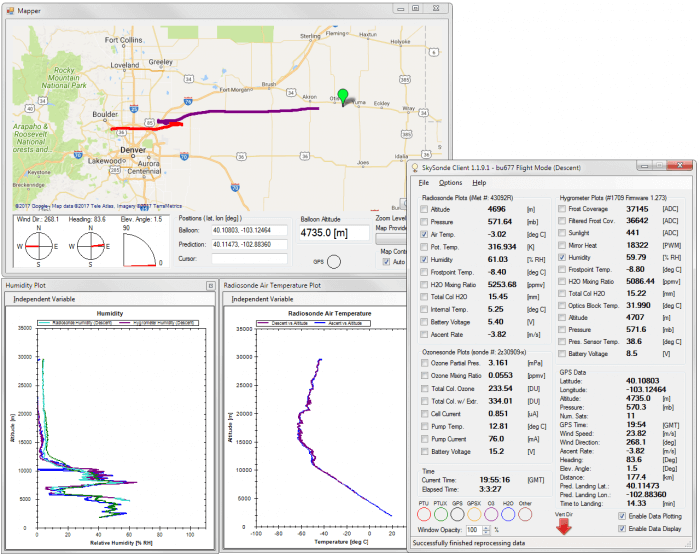Tracking Radiosondes with an RTL-SDR and Radiosonde_Auto_RX
A radiosonde is a small sensor and radio package normally attached to a weather balloon. Meteorological agencies around the world typically launch two balloons a day from several locations to gather data for weather prediction. With an RTL-SDR, appropriate antenna and decoding software it is possible to decode the telemetry signal and gather the weather data yourself. You can also use the GPS data to chase and collect the fallen radiosonde package. We have a tutorial on setting up a basic radiosonde decoder in Windows here.
However, if you want to set up a permanent radiosonde receive station it's possible to create an automatic system with a program called radiosonde_auto_rx. It works by performing an rtl_power scan over the radiosonde frequency range and looking for peaks that might indicate that a radiosonde is currently transmitting. If a peak is found it tries to decode it as a radiosonde, and if successful will begin uploading the weather data to an online aggregation site called sondehub.org. With this sort of system there is no need to know in advance the launch times and exact frequencies that your local meteorological agency uses, as often this information is not public.
Recently Mark Jessop and Michael Wheeler, the team behind radiosonde_auto_rx, also did a talk at the linux.conf.au conference. The talk explains radiosondes and demonstrates their software in action. They then go on to talk about chasing radiosondes, and re-purposing collected sondes.
